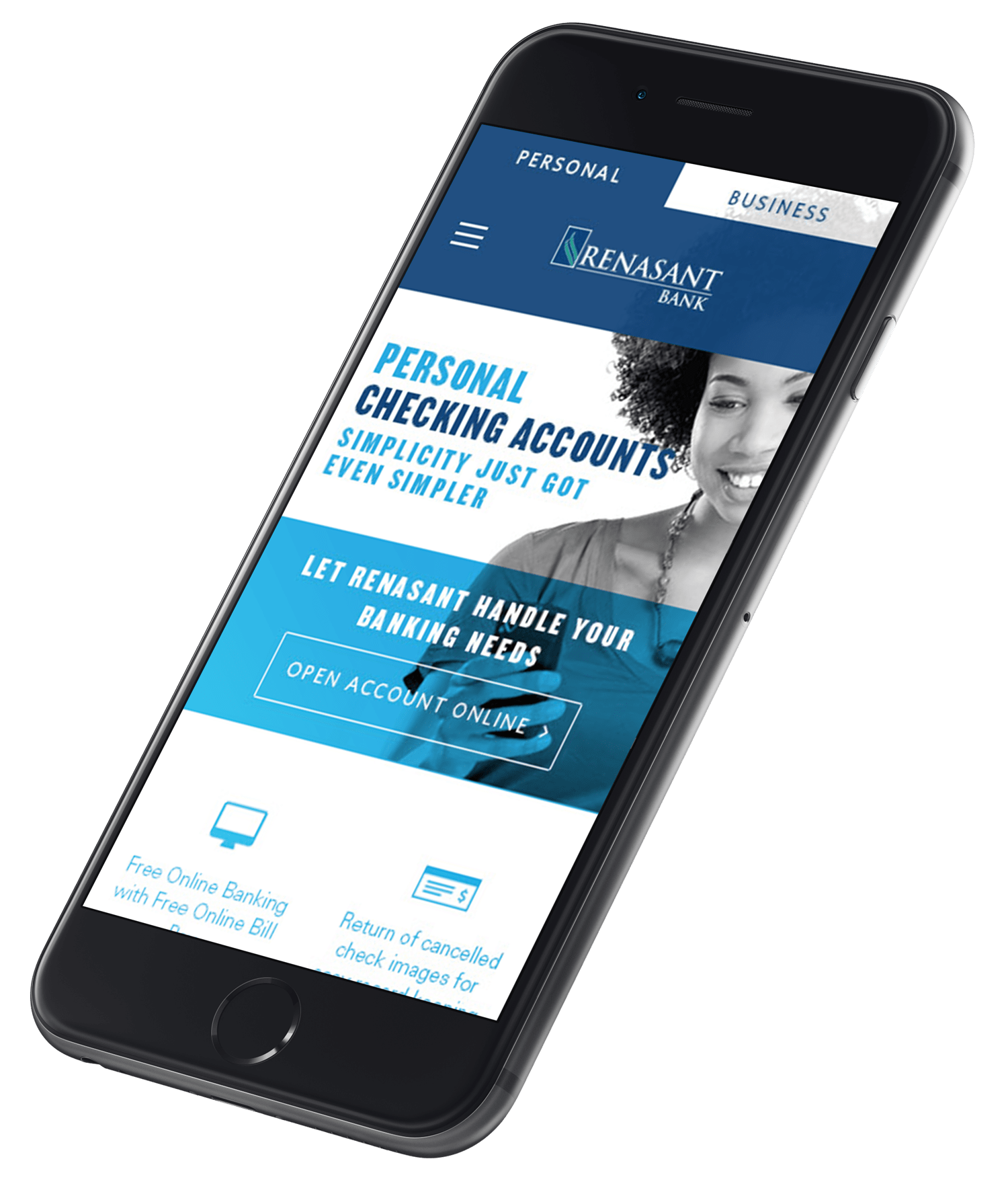One of the oldest axioms in marketing is the Rule of Seven, which says it takes seven exposures to a brand or product before a consumer is comfortable trusting the brand, accepting the brand’s message or purchasing the product. Most people say the rule started in the ‘30s with Hollywood film promotion, but it’s attributed to plenty of marketing experts through the years.
It’s true. Well, the number seven may not be an exact science, but the idea holds up.
I’ve heard marketers claim as many as 20 brand exposures are needed, but that’s probably a lousy marketer trying to make up for subpar strategy.
Either way, the more a person touches your brand, the more familiar they will be with your brand, and depending on the nature of those touches, likely to interact with you and your product.
This rule is almost always taken as a good thing, but it has two sides. If you were exposed to Exxon for the first time in March and April of 1989, you would have become very familiar with the brand, but not necessarily as a trusted leader in energy solutions. The leaking Exxon Valdez didn’t exactly confirm a message of reliability.
It would also be easy to mention BP, but I don’t want to talk about that.
The inverse happens toward the end of every professional sports season when people who otherwise don’t pay attention to sports suddenly have subconscious positive feelings for teams making unexpected championship runs because of all the positive brand exposure. After all, we want to back a winner.
Exposures influence legitimacy and reputation — for good or bad. Reputation has been a part of marketing since distributors began putting labels on their goods, but in the age of a global marketplace and online reviews, reputation is marketing.
Consider this: a 2013 Neilsen study showed 84 percent of people trust family and friend recommendations, but a growing number of people, 68 percent, trust consumer opinions posted online. These two numbers feel a little too close to most of us older than millennials.
What does this mean for your business?
This means most people make their assumptions of a brand based on their own interactions with the brand. A close second is the account of interactions other people have had. This is all before considering the advertising and messaging being communicated by the brand itself.
In the web world everyone says content is king, but in the brand world continuity is king.
Control your message
We’ve established that a consumer has to interact with your brand a number of times before it exists in their mind — whether that number is seven, five or 15. Those touches can happen anywhere — your website, a newspaper ad, your branded service trucks, a friend’s recommendation or an employee’s off-handed comment over drinks.
Different types of touches carry different weight depending on the consumer, but the point remains the same; each time someone touches your brand, they are becoming more familiar with it — and hopefully more comfortable and trusting of it.
Think of all the ways people are exposed to your brand each day — Twitter, Facebook, online, television ads, Yelp or being cut off by your branded vehicle.
Consistency — the overlooked factor
In order for you to truly be in control of your message, you must be consistent. Make sure each exposure can be plotted in line with the last exposure and your brand’s target trajectory.
If a consumer sees your new brand on your website and your old brand on your service trucks, those exposureS don’t count.
What if your brand’s tag is, “Integrity you can count on,” but your CFO is being investigated for taking home office supplies on the sly? There is such as thing as bad publicity. In this case, the two touches count against each other.
Imagine you are comparing two widgets that perform almost identically, are priced competitively and are aesthetically similar. Would you pick the one made by the corporation that just warehouses and distributes these widgets or would you pick the one made by the company that hires lots of employees, trains them to hand-make the widgets and advertises their great company atmosphere? You would pick the one from the friendlier company. But, you would only pick the friendlier company if you had been exposed to their story seven (or 20) times.
And if the eighth exposure was a former employee coming out to say the great atmosphere was just window dressing, you will probably rethink your next widget purchase.
How do you control your message?
Internal Buy-In
One of the best ways to control your message is through internal buy-in. This requires the most intention but will police itself in the long run. Create an internal culture that truly believes your company’s message.
If you are the car stereo installer that provides the best customer service in town, make sure your employees are aware of the reputation. Hold them to that standard. Hire employees who care about your customer’s audio experience.
Brand Control
One way to solve these problems is by selecting an internal brand ambassador, someone who’s job is to sign off on each ad or brand application before they go out the door. This will ensure that logos are correctly sized, colors match and messages align with the company’s overall brand and trajectory. This allows you to control the message.
Test this for yourself. Have you ever talked to a loyal customer who went to a different company to purchase a product or service you offer — not because they don’t trust you, but because they didn’t know they could get it from you?
You’ve probably already told them, but you obviously haven’t told them enough. Your brand wasn’t consistent.
How do you fix it? Tell more people better.




